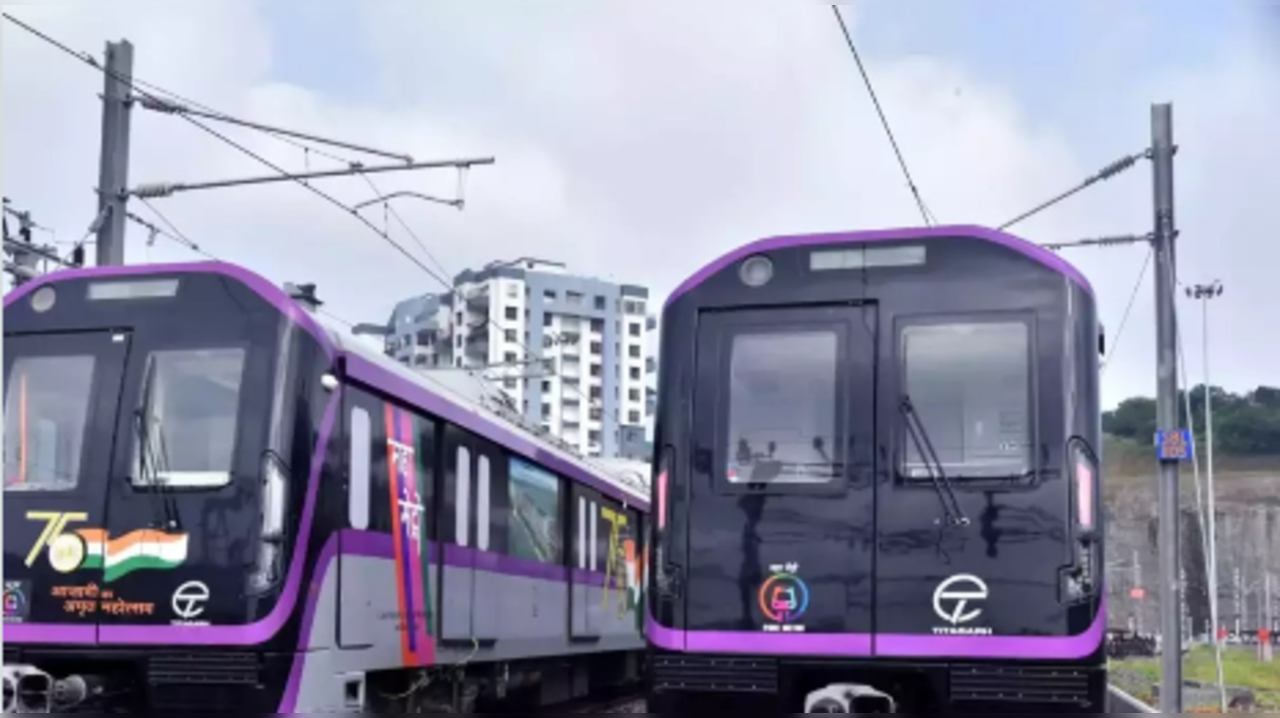In a big push to urban infrastructure and connectivity, the Union Cabinet, chaired by Prime Minister Narendra Modi, has approved the extension of the Pune Metro Phase-I project with the Swargate to Katraj Underground Line. This new extension, known as Line-1B, will span 5.46 kilometres and feature three underground stations, serving key areas such as Market Yard, Bibwewadi, Balaji Nagar, and the Katraj suburbs.
Slated for completion by February 2029, the project aims to enhance connectivity across Pune, integrating seamlessly with the Swargate Multimodal Hub. This hub will connect the Metro Station with the MSRTC Bus Stand and the PMPML Bus Stand, facilitating improved transport links within and beyond the city. The extension will also integrate with major bus stops, railway stations, recreational centres like the Rajiv Gandhi Zoological Park, and prominent residential and business areas.
“The project, aimed at providing seamless connectivity in Pune, is set to be completed by February 2029. The estimated cost of the project is Rs 2,954.53 crore, with funding to be equally shared by the Government of India and the Government of Maharashtra, along with contributions from bilateral agencies, etc,” a statement said.
This strategic expansion is expected to alleviate road traffic congestion, providing a safer and more efficient travel experience while supporting sustainable urban development.
The Swargate to Katraj Line will offer a faster, more economical transport option for thousands of daily commuters, including students, small business owners, and professionals. Projections indicate that the daily ridership will reach 95,000 in 2027, growing to 1.97 lakh by 2057.
Maha-Metro will execute the project, handling civil, electro-mechanical, and other related works. Pre-bid activities are underway, with tender documents being prepared and contracts expected to be issued soon. This expansion is poised to significantly boost Pune’s infrastructure, unlocking the city’s economic potential and contributing to its sustainable growth.

